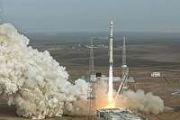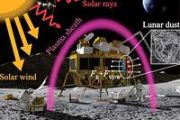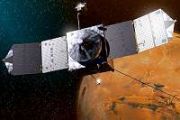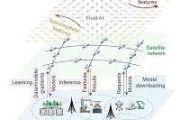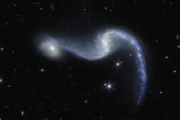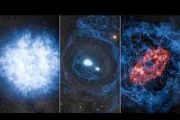
Copernical Team
Measuring the cohesive force of meteorite fragments to identify the mobility of asteroids
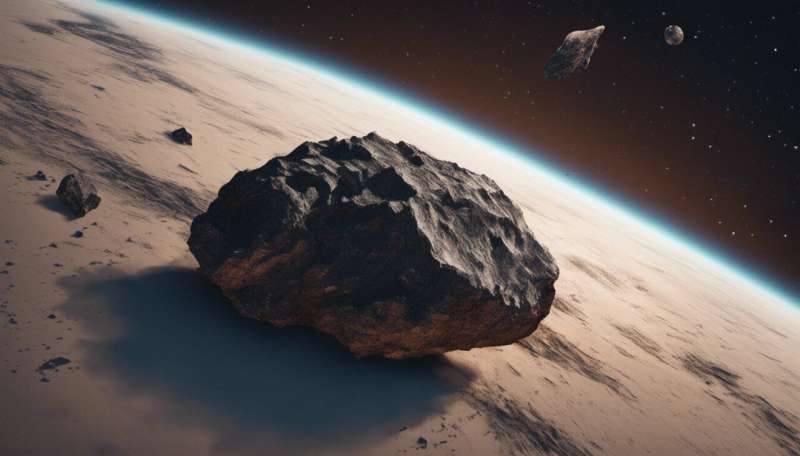
The cohesive force of asteroid particles influence microgravity and can be evaluated under several assumptions of particle size and their sensitivity to particle shape. Approximately hundreds of kilograms of material fall on to Earth's atmosphere daily from space, and filter down as tiny grains and fine dust. Many meteorites that reach Earth from space are pieces of asteroids.
In a new report now published in Science Advances, Yuuya Nagaashi and a research team in planetology at the Kobe University in Japan, conducted cohesive force measurements of meteorite fragments. The cohesive force of the asteroid particles were orders of magnitude smaller, resulting in the high mobility of asteroid surface particles identified during space exploration. For astrobiologists interested in the earliest history of Earth and the solar system, these particles that have survived almost unaltered offer significant information of the earliest period of the solar system's history.
Firefly to take Lunar Pathfinder to the Moon
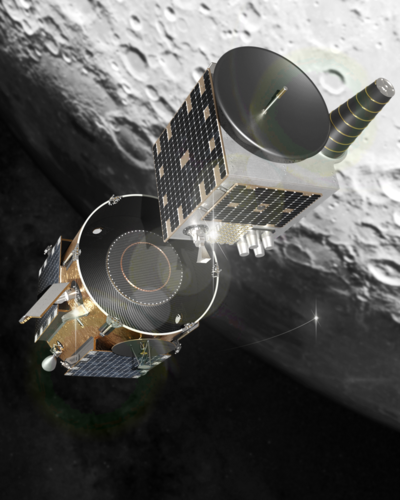
Scientists open door to manipulating 'quantum light'
 For the first time, scientists at the University of Sydney and the University of Basel in Switzerland have demonstrated the ability to manipulate and identify small numbers of interacting photons - packets of light energy - with high correlation.
This unprecedented achievement represents an important landmark in the development of quantum technologies. It is published in Nature Physics.
For the first time, scientists at the University of Sydney and the University of Basel in Switzerland have demonstrated the ability to manipulate and identify small numbers of interacting photons - packets of light energy - with high correlation.
This unprecedented achievement represents an important landmark in the development of quantum technologies. It is published in Nature Physics. MIT physicists predict exotic new phenomena and give "recipe" for realizing them
 In work that could lead to important new physics with potentially heady applications in computer science and more, MIT scientists have shown that two previously separate fields in condensed matter physics can be combined to yield new, exotic phenomena.
The work is theoretical, but the researchers are excited about collaborating with experimentalists to realize the predicted phenomena. The
In work that could lead to important new physics with potentially heady applications in computer science and more, MIT scientists have shown that two previously separate fields in condensed matter physics can be combined to yield new, exotic phenomena.
The work is theoretical, but the researchers are excited about collaborating with experimentalists to realize the predicted phenomena. The RNA base in asteroid samples suggests origins of life on Earth
 The black particles from an asteroid some 300 million kilometres away look unremarkable, like pieces of charcoal, but they hold a component of life itself.
Scientists have discovered the chemical compound uracil, one of the building blocks of RNA, in just 10 milligrammes of material from the asteroid Ryugu, according to new research published on Tuesday.
The finding lends weight to a lon
The black particles from an asteroid some 300 million kilometres away look unremarkable, like pieces of charcoal, but they hold a component of life itself.
Scientists have discovered the chemical compound uracil, one of the building blocks of RNA, in just 10 milligrammes of material from the asteroid Ryugu, according to new research published on Tuesday.
The finding lends weight to a lon Ultra-lightweight multifunctional space skin created to withstand the extreme conditions in space
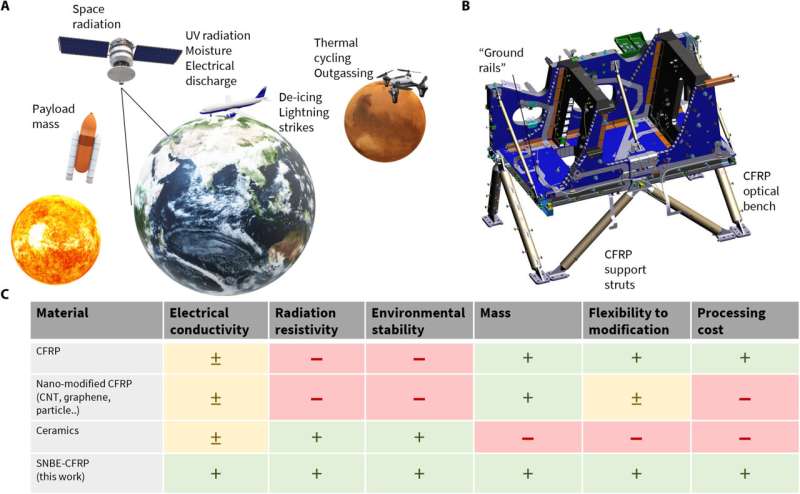
A new nanobarrier coating could help protect ultra-lightweight carbon composite materials from extreme conditions in space, according to a study from the University of Surrey and Airbus Defence and Space.
NASA seeks student ideas for moon landing dust control
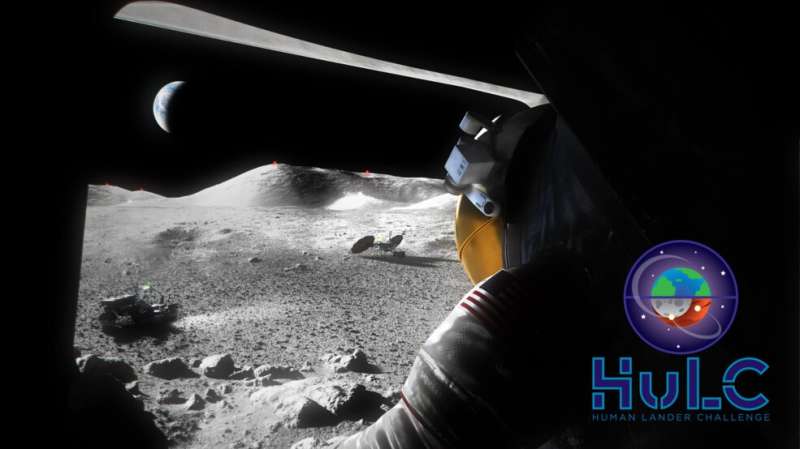
As NASA and industry partners develop new human landing systems to transport astronauts from lunar orbit to the moon's surface and back as part of Artemis, the agency is asking university students to investigate solutions to one particularly dusty aspect of landing spacecraft on the lunar surface.
NASA's new Human Lander Challenge invites college students to explore ways to manage or prevent the cloud of dust a spacecraft stirs up when using rocket engines to land on unprepared surfaces like the moon. This effect is called plume surface interaction and can increase risks caused by lunar dust on future human missions.
"The moon is covered with granular, rocky material called regolith, which can be lifted from the surface by rocket engines during landing and ascent.
ESA Impact – March 2023 Council edition
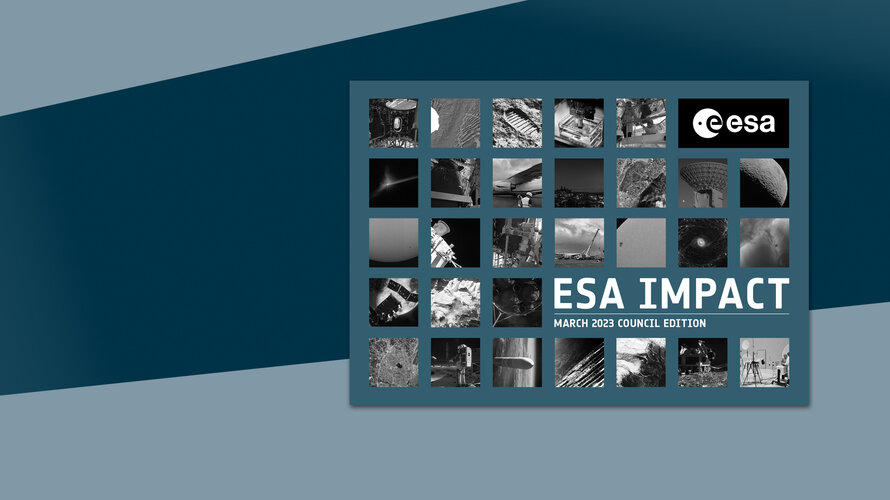
ESA Impact – March 2023 Council edition
Welcome to the March Council edition of ESA Impact, an interactive showcase of the best images and videos since the last Council meeting
Amateur astronomers needed: help classify stars with Gaia's data

ESA's Gaia mission has been collecting data on millions of space objects like stars and asteroids to build an extensive cosmic record. Now, to take it up a notch, it needs your eyes.
Studying rocks in Norway
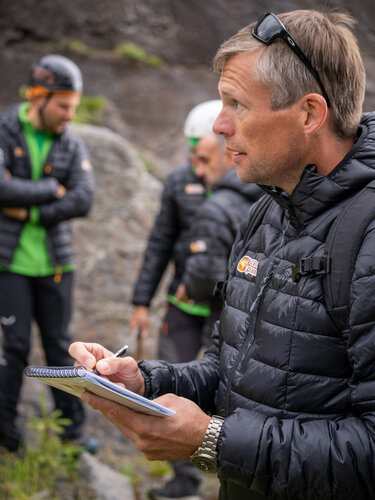 Image:
Andreas Mogensen at the PANGAEA course in Lofoten, Norway
Image:
Andreas Mogensen at the PANGAEA course in Lofoten, Norway 



